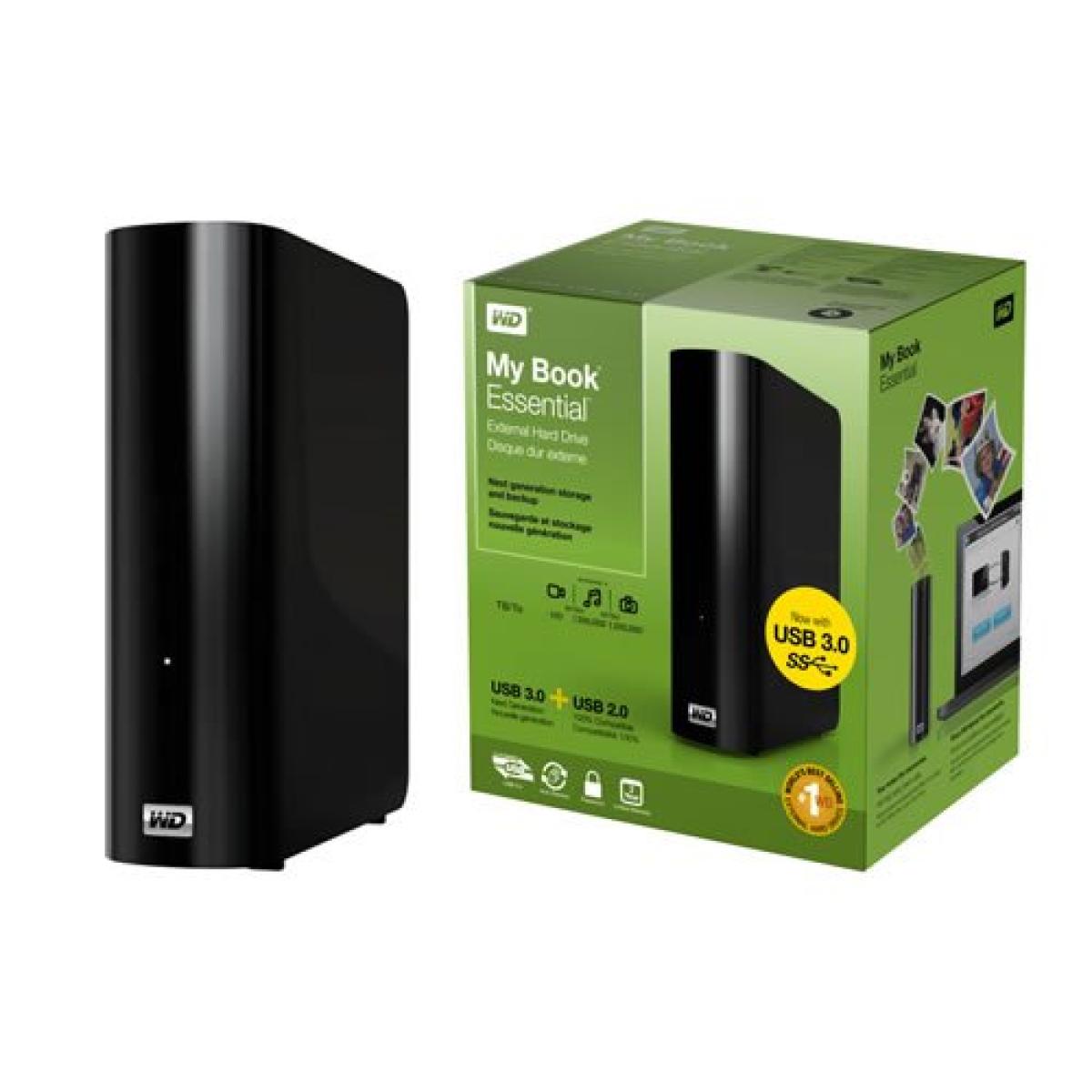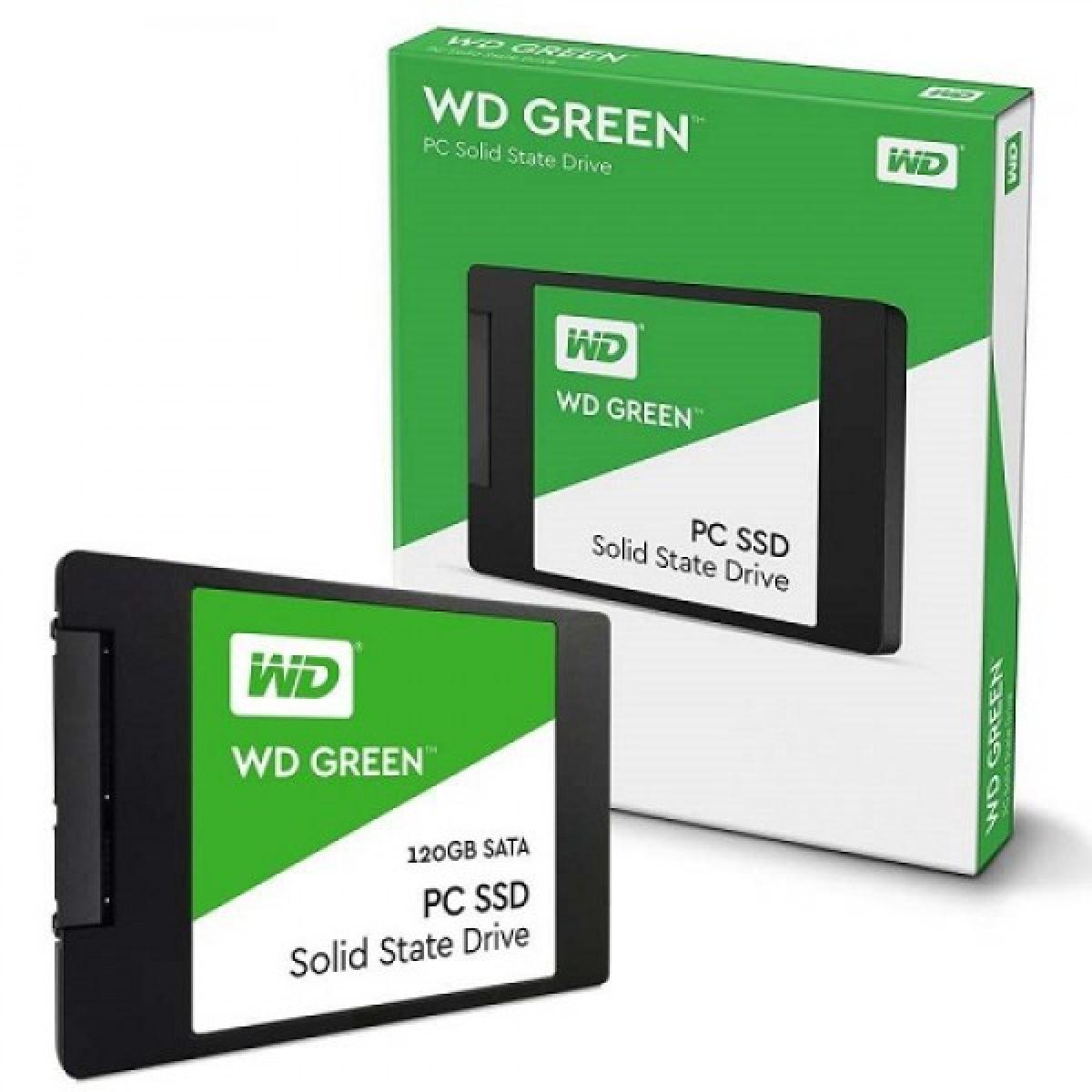

- #SMART UTILITY FOR WESTERN DIGITAL HARD DRIVES SERIAL#
- #SMART UTILITY FOR WESTERN DIGITAL HARD DRIVES PORTABLE#
- #SMART UTILITY FOR WESTERN DIGITAL HARD DRIVES MAC#
- #SMART UTILITY FOR WESTERN DIGITAL HARD DRIVES WINDOWS#
At the moment these drives are very expensive per gigabyte. A new class of 2.5-inch high-speed drives has emerged that can be used in enterprise and server environments. Recent developments in 2.5-inch drives are changing how the small drives are used. This means they are better able to survive being shipped around or used in a moving environment. They need less power to spin so they can generally be bus-powered, meaning they can draw power from a laptop without the use of an external power supply.Īnd since they are designed to be portable, most of them do a better job of “parking the heads” than full-size drives do. They may have better “seek” times, since the read head has less distance to travel than with a larger diameter drive.

#SMART UTILITY FOR WESTERN DIGITAL HARD DRIVES PORTABLE#
They are physically smaller so they can fit in laptops and small portable enclosures.


The smaller drives do have several advantages depending on the use. They also have a smaller data capacity and are more expensive per gigabyte. Newer 2.5 inch drives are also being used in high-performance storage devices.Ģ.5-inch drives generally spin slower which means that they have slower data throughput. 2.5 inch drives are used in laptops and portable storage devices. 3.5 inch drives, on the right, are used in desktop computers and in freestanding storage devices. Some compact desktops also use the smaller drives to enable a smaller form factor for the computer.įIGURE 2 shows the two sizes of drives generally in use. Traditionally, 2.5-inch drives are used for laptops while 3.5-inch drives are used for desktop computers. These sizes refer to the size of the data platters, not the size of the hard drive mechanism. Hard drives come in two basic physical sizes: 2.5-inch and 3.5-inch.
#SMART UTILITY FOR WESTERN DIGITAL HARD DRIVES SERIAL#
Each drive also has a data interface: IDE/ATA or SATA for desktop drives, and Serial Attached SCSI (SAS) or Fibre Channel for enterprise drives. Hard drives have a power connector that provides juice for the motor that spins the drive and for the controller circuitry. It’s amazing that this is even possible, and even more amazing that it’s affordable.Ī hard disk drive also has electronics to control the mechanism, to translate the data to a format that can be written to the disk and to do error correction and analysis. The head skims back and forth at up to 10 meters/second and must stop on a line 1/10 the width of a human hair, and then correctly read the polarity of each bit. The magnets in a hard disk are organized in concentric circles - as many as 250,000 rings on a 3.5-inch platter. The read/write head moves like a record tone arm, and can flip the polarity of the magnet when it’s writing data, or read the polarity when it’s reading data. The polarity of each magnet can be “up” or “down,” which indicates whether the bit is a 1 or a 0. While the disk platter looks like a mirror, it’s actually composed of up to trillions of tiny magnets standing on end, arrayed in concentric circles.
#SMART UTILITY FOR WESTERN DIGITAL HARD DRIVES MAC#
It's also available for Linux and Mac operating systems, as well as included in a couple of LiveCD/LiveUSB programs.Figure 1 The inside of a hard disc drive, showing the disk platter and the read/write head.
#SMART UTILITY FOR WESTERN DIGITAL HARD DRIVES WINDOWS#
The latest version works with Windows 11, 10, 8, 7, and Vista, but there's an outdated edition you can get for older Windows versions. This program can be downloaded for Windows as a portable program or as a regular program with a normal installer. GSmartControl runs three self-tests to find drive faults: Short Self-test takes around 2 minutes to complete and is used to detect a completely damaged hard drive, Extended Self-test takes 70 minutes to finish and examines the entire surface of a hard drive to find faults, and Conveyance Self-test is a 5-minute test that's supposed to find damages that occurred during the transporting of a drive. View and save SMART attribute values like the power cycle count, multi-zone error rate, calibration retry count, and many others. GSmartControl can run various hard drive tests with detailed results and give an overall health assessment of a drive. When exporting information, it includes everything, not just a specific result you want to save Doesn't support every USB and RAID device


 0 kommentar(er)
0 kommentar(er)
